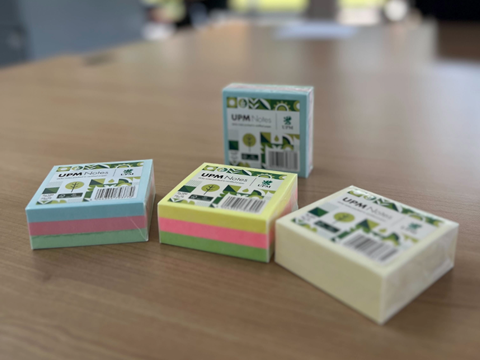
UPM Adhesive Materials has teamed up with One.Five to package stationery in transparent paper, intending to bring down CO2 emissions and streamline recycling.
One.Five aims to assist research, development, and collaboration with industry partners by applying artificial intelligence to materials development; the company’s name mirrors its goal of keeping global warming below 1.5°C in line with global climate targets.
Together with UPM, it sought to find a transparent, paper-based packaging solution to package the UPM Notes stationery range. The result is an FSC-certified paper solution based on One.Five’s Glassleaf, described as a transparent and recyclable material that can be recycled with standard wastepaper.
Reportedly, it generates approximately 15-20% fewer emissions than conventional oriented polypropylene packaging with a thickness of 30 µm. At the same time, it is said to be 80% lighter than cardboard packaging.
The paper, alongside the UPM Notes themselves, has been tested according to the Cepi Recyclability Laboratory Test Method V2 and certifies as recyclable by the Papiertechnische Stiftung. It can apparently be recycled in standard paper streams.
The see-through pack is expected to showcase UPM Notes products on store shelves. UPM and One.Five add that the paper meets the necessary transport and protection standards.
“To meet our consumers’ expectations while fulfilling our vision of sustainable, low-emission products, choosing the right packaging is crucial,” said Ville Pollari, Director Industrials & Sticky Notes, UPM Adhesive Materials. “The solution from One.Five allows our customers to view sticky notes in their desired colour selection while meeting our sustainability goals and emphasizing our commitment to developing high-quality products with solvent-free adhesives.”
“Our transparent, paper-based packaging solutions shorten time-to-market for manufacturers while making a measurable contribution to CO₂ reduction. Together with UPM Notes, we are demonstrating how AI-driven development combines ecological responsibility with economic viability, driving the transformation of the packaging industry,” said Martin Weber, founder and CEO of One.Five.
Previous innovations in transparent paper include Ahlstrom, Adapa, and Maped’s fibre-based flowpacks for erasers. While it is said to be both renewable and biodegradable, the pack claims to match the functionality and durability of traditional plastic packaging.
Since then, Camm Solutions and Delfort have unveiled transparent paper bags and air pillows made from recycled paper. Used to package products like clothing, toys, and screws, the bags utilize the ‘microplastic-free’ CAMM coating material to offer full product visibility while maintaining durability and scratch resistance.
Additionally, SiOPack has released a food-safe, plastic-free, and fully recyclable packaging window made from transparent paper. It is said to be resistant to air and moisture without requiring extra lamination or films, and to reduce plastic waste without impacting product visibility.
If you liked this story, you might also enjoy:
The ultimate guide to the Packaging and Packaging Waste Regulation in 2025
How are the top brands progressing on packaging sustainability?
Everything you need to know about global packaging sustainability regulation in 2025
The key to increasing the use of reusable packaging in supermarkets

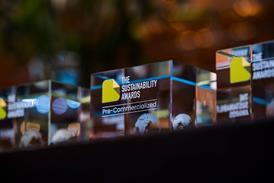
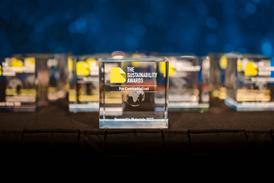
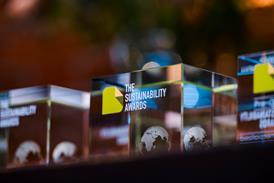
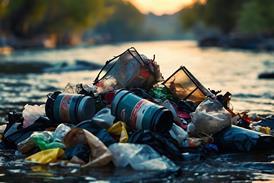
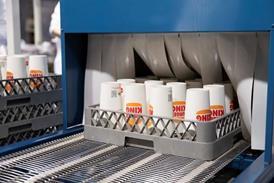
















No comments yet